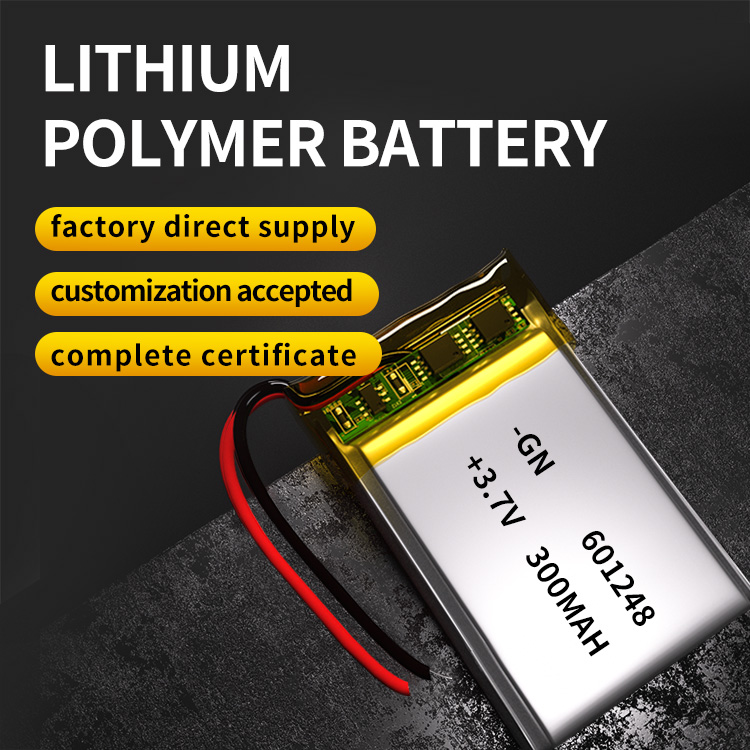

China Battery Network If the nickel-cadmium battery is not completely discharged during use, it will produce a memory effect, that is, it will be charged once. The power is reduced once until it is no longer usable. To eliminate this memory effect, use the circuit provided in this article to fully discharge the battery. Although a simple nickel-cadmium battery is not completely discharged during use, a memory effect will occur, that is, it will be charged once. The power is reduced once until it is no longer usable. To eliminate this memory effect, use the circuit provided in this article to fully discharge the battery. Although it is simple to use one
If the nickel-cadmium battery is not completely discharged during use, it will produce a memory effect, that is, it will be charged once. The power is reduced once until it is no longer usable. To eliminate this memory effect, use the circuit provided in this article to fully discharge the battery. Although it is possible to fully discharge the battery with a simple resistor, if special measures are not taken, there is a risk of over-discharging the battery, in which case the battery's polarity will be reversed. The simple circuit designed here can reduce the discharge to about 600mV. This ensures correct discharge of the battery without the risk of polarity reversal. This discharge current does not use constant current discharge to allow the battery to recover during the circuit interval. Extend its service life. As shown in Figure 1. This is a simple flyback intermittent oscillator circuit. The oscillation frequency is approximately in the k Hz range, depending on the winding method of the transformer X1 coil. The primary of X1 uses No. 36 enameled wire wound around the I-shaped core frame for 30 turns, and the secondary uses the same No. enameled wire wound for 15 turns. Figure 2 is a detail of the coil former dimensions.
Working process: After the circuit is powered on, the battery energizes the base and emitter of T1 through R1 and the lower winding of transformer X1. Transistor T1 turns on quickly due to the positive feedback from the X1 winding. LED1 does not emit light during the conduction period. After T1 is turned on, it tends to a steady state. At this time, the AC impedance of the two windings of X1 disappears and the DC resistance is almost 0. At this time, the collector-emitter voltage is almost 0, and its base voltage is 0.6V lower than the T1 conduction threshold voltage. So T1 ends. After the cutoff, LED1 turns on and emits light due to the energy stored in the X1 winding. During the period when LED1 is emitting light, the X1 winding has current flowing again. After circulation, T1 is turned on again due to the positive feedback of X1, and intermittent oscillation occurs over and over again. During oscillation, X1 accumulates electric energy when T1 is turned on, and LED1 does not emit light. When T1 ends, the stored energy is discharged, causing LED1 to emit light, and the nickel-cadmium battery is discharged, and the battery voltage gradually decreases as the discharge proceeds. When the battery voltage is discharged to 0.6V. LED1 will no longer emit light, and the battery discharge process is completed. If you want to speed up the battery discharge process, you can use multiple LEDs in parallel with LED1 to increase the load. If you still have doubts about the memory effect of the battery after discharging. You can charge and discharge the battery several times to see if there is any memory effect. After this discharge treatment, the nickel-cadmium battery can restore its original capacity.

Popular recommendation
6LR61 alkaline battery.18650 lithium battery welding method, lithium battery processing and welding
2023-10-09button battery 2032.The global lithium battery industry chain expands, and Pioneer Intelligence is e
2023-10-08AG Coin TV environmental impact
2022-06-18LR726 battery!A push-pull inverter vehicle switching power supply circuit design scheme
2023-10-08This durable gas stove specific battery allows you to...
2022-06-15LR03 alkaline battery.What are the key points of the 18650 lithium battery pack process?
2023-10-09Button battery type
2022-06-18Introduction to lithium battery
2022-11-28AG4 battery.BMW announces innovative battery technology in 2026 using solid electrolyte
2023-10-14Dry Battery!The balanced working principle of lithium iron battery protection chip and lithium batte
2023-10-08801752 lipo battery.New breakthroughs in thermal instability research: BAK Battery deeply explores h
2023-10-09LR726 battery.Energy storage battery usage scenarios
2023-10-14